Introduction
With the advancement of technology, Distributed Control Systems (DCS) are being widely adopted in industrial control applications. The reliability of DCS directly impacts the safety and economic operations of industrial enterprises. A critical factor ensuring the reliable operation of such systems is their anti-interference capability. Interference problems—caused by grounding issues, power disturbances, or lightning—have led to numerous system failures annually. DCS systems, whether centralized in control rooms or distributed across production sites, often operate in environments with intense electromagnetic interference. Improving their reliability requires both enhanced equipment design from manufacturers and meticulous planning during engineering, installation, and maintenance.
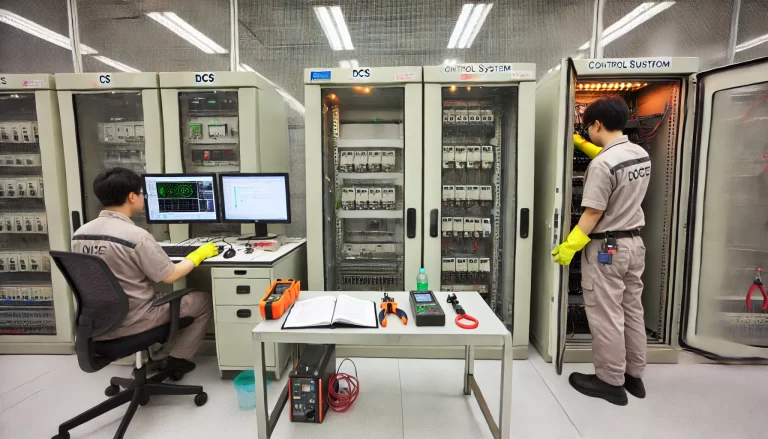
Sources and Types of Electromagnetic Interference (EMI)
Classification of Interference Sources
Interference sources affecting DCS systems resemble those impacting other industrial control equipment. These sources typically arise from areas where current or voltage undergoes drastic changes, such as discharge events or power surges. Interference can be categorized based on:
Cause of noise: discharge noise, surge noise, high-frequency oscillation noise.
Waveform and nature: continuous noise, transient noise.
Mode of interference: common-mode and differential-mode interference.

Common-mode interference refers to the voltage potential difference between signal lines and ground, often caused by power grid noise, ground potential differences, and space electromagnetic radiation. This type of interference can lead to substantial common-mode voltages, damaging system components and disrupting control signals. Differential-mode interference refers to interference voltages acting between signal lines, primarily induced by electromagnetic coupling or imbalanced circuits.
Main Sources of Interference in DCS Systems
Radiated Interference from Space: Radiated EMI originates from power networks, electrical equipment, lightning, and wireless communication devices. These sources can affect DCS systems through direct exposure to internal circuits or induced interference in communication lines. To mitigate this, shielding measures, including shielded cables and localized enclosures, are recommended.
Conducted Interference via External Connections:
Power supply interference: Disturbances like voltage surges and harmonic currents from the power grid often penetrate DCS systems through power supplies. Despite using isolation transformers, residual interference due to distributed capacitance remains a concern.
Signal line interference: External noise can enter through signal lines connected to DCS systems, causing malfunctions in I/O signals and damaging components.
Grounding Issues: Improper grounding can introduce severe noise. For instance, multi-point grounding of shielded cables can create ground loops, leading to interference currents and voltage distribution imbalances.
Internal Interference: Internal electromagnetic compatibility (EMC) issues, such as crosstalk between circuits or mismatched components, also contribute to interference. These issues are largely determined by the system’s design and manufacturing.
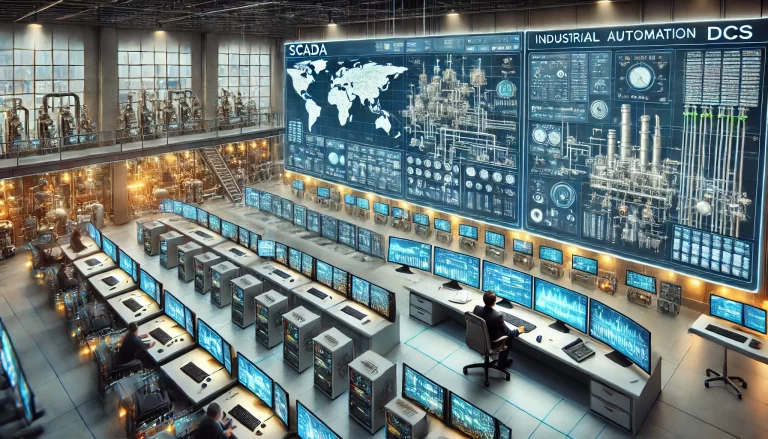
Principles of Anti-Interference Design
To ensure reliable operation, anti-interference measures should address three core principles:
Suppress Interference Sources: Reducing interference at its origin minimizes its impact.
Cut Off Propagation Paths: Shielding, filtering, and isolating interference pathways are essential.
Enhance System Immunity: Improve the system’s ability to withstand residual interference through robust design.
Anti-Interference Design in Engineering Applications
Equipment Selection
Choosing high-EMC products with superior interference resistance is vital. Key considerations include:
Performance metrics like common-mode rejection ratio (CMRR) and differential-mode rejection ratio (DMRR).
Suitability for local power grid standards, such as adapting to China’s 220V high-impedance grid compared to Europe’s 110V low-impedance systems.
Proven reliability in similar industrial environments.
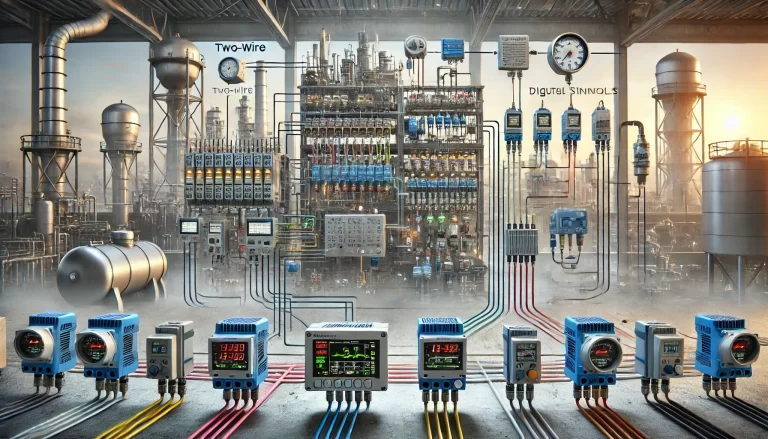
Comprehensive Anti-Interference Measures
Shielding Against Radiated Interference:
Use shielded cables and enclosures for critical components.
Employ high-voltage discharge devices for additional protection.
Isolation and Filtering of Conducted Interference:
Install isolation transformers and low-capacitance power supplies to mitigate power line noise.
Segregate signal cables by type and avoid parallel routing with power lines.
Grounding System Optimization:
Implement single-point grounding for shielded cables to avoid ground loops.
Use dedicated grounding lines with low resistance (<2 Ω) and adequate cross-sectional area (>22mm² for wires, >60mm² for busbars).
Maintain separation (>10m) between DCS grounding points and high-power equipment grounding points.
Hardware and Software Filtering:
Introduce capacitors and filters in signal lines to attenuate common-mode and differential-mode noise.
Adopt digital filtering and periodic reference correction in software to handle residual interference.
Implement redundancy and error-checking mechanisms to enhance fault tolerance.
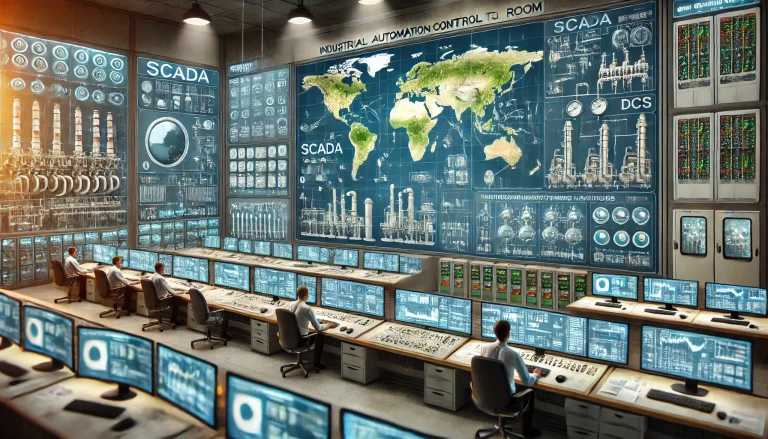
Key Anti-Interference Measures
Power Supply Design
Select power supplies with strong isolation characteristics and low distributed capacitance.
Consider using Uninterruptible Power Supplies (UPS) for consistent and interference-resistant operation.
Cable Selection and Routing
Utilize copper-armored shielded cables to reduce electromagnetic radiation.
Separate signal and power cables and arrange them in layered conduits to minimize cross-interference.
Grounding Strategies
Adopt direct grounding methods for high-speed, low-voltage control systems like DCS.
Use proper grounding layouts depending on the system configuration (e.g., single-point or serial grounding).
Ensure robust insulation and single-point termination for cable shielding.
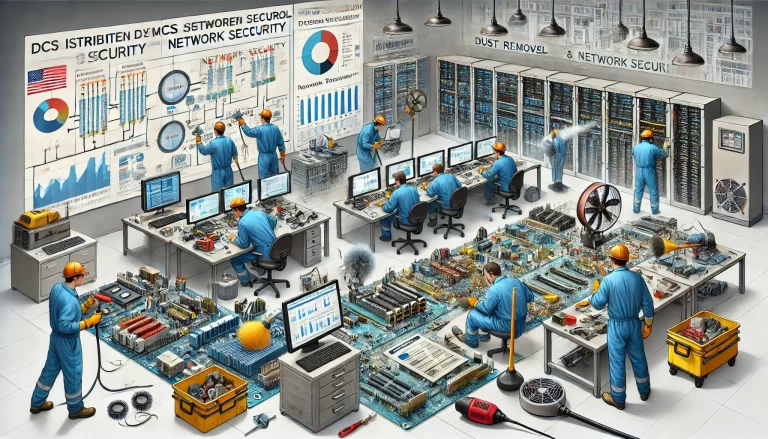
Conclusion
The anti-interference design of DCS systems is a complex, multi-faceted task that requires close collaboration between manufacturers and end-users. By addressing interference at its source, along its path, and at the system level, DCS reliability can be significantly enhanced, ensuring optimal performance even in challenging industrial environments. Future developments should explore the integration of AI tools for real-time interference analysis and advanced materials for improved shielding and isolation.
